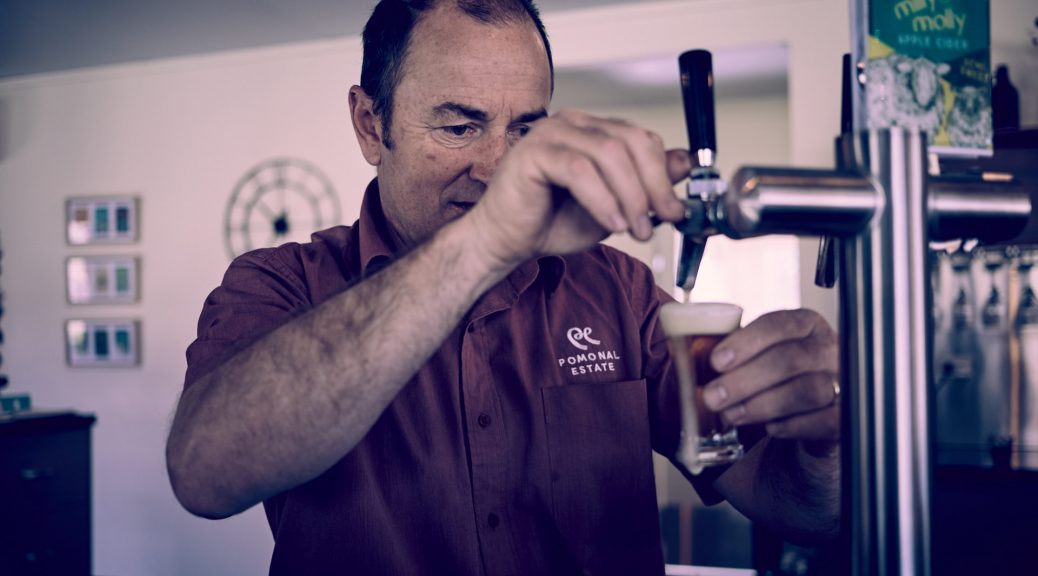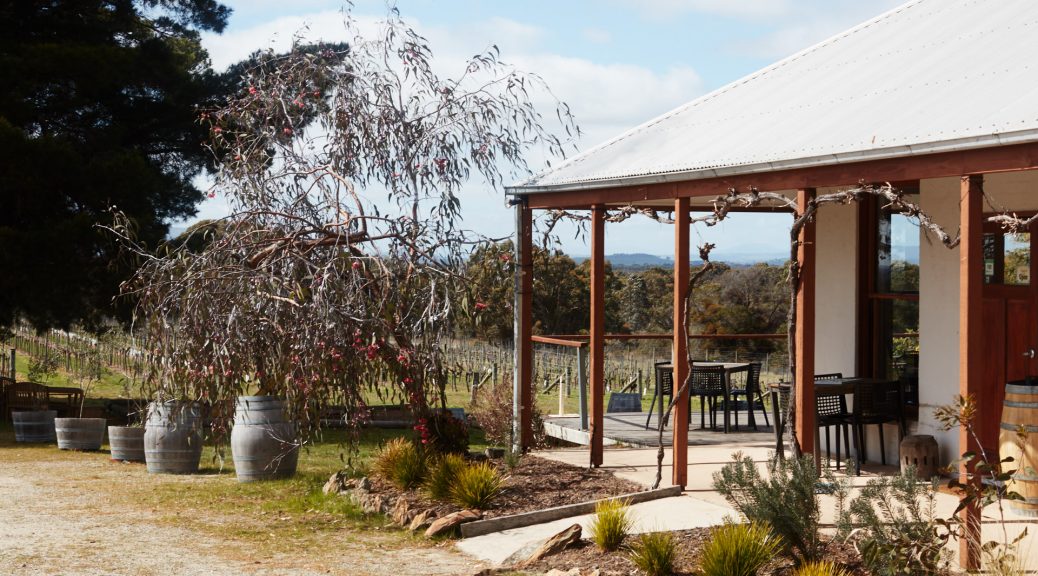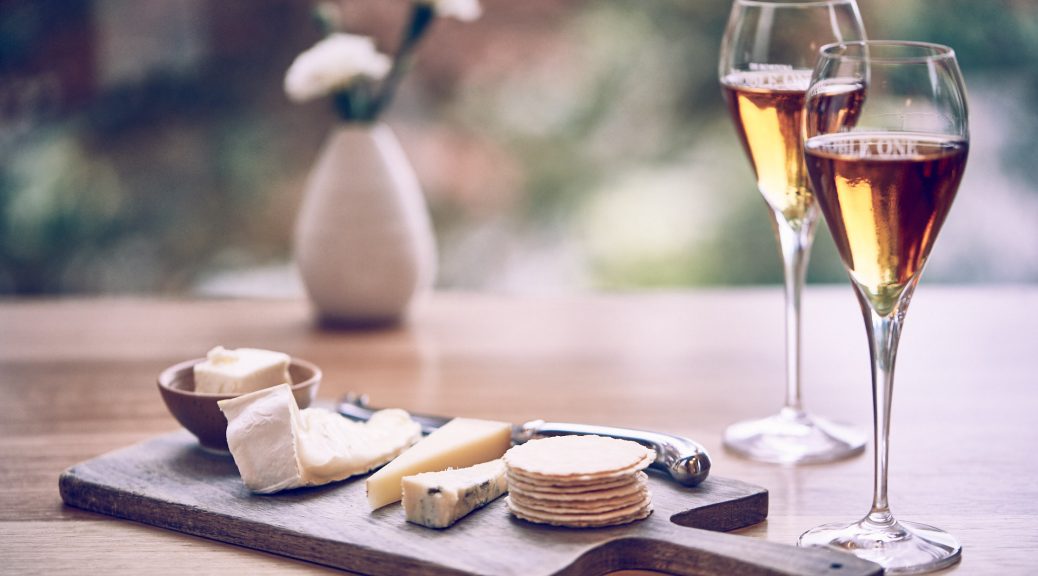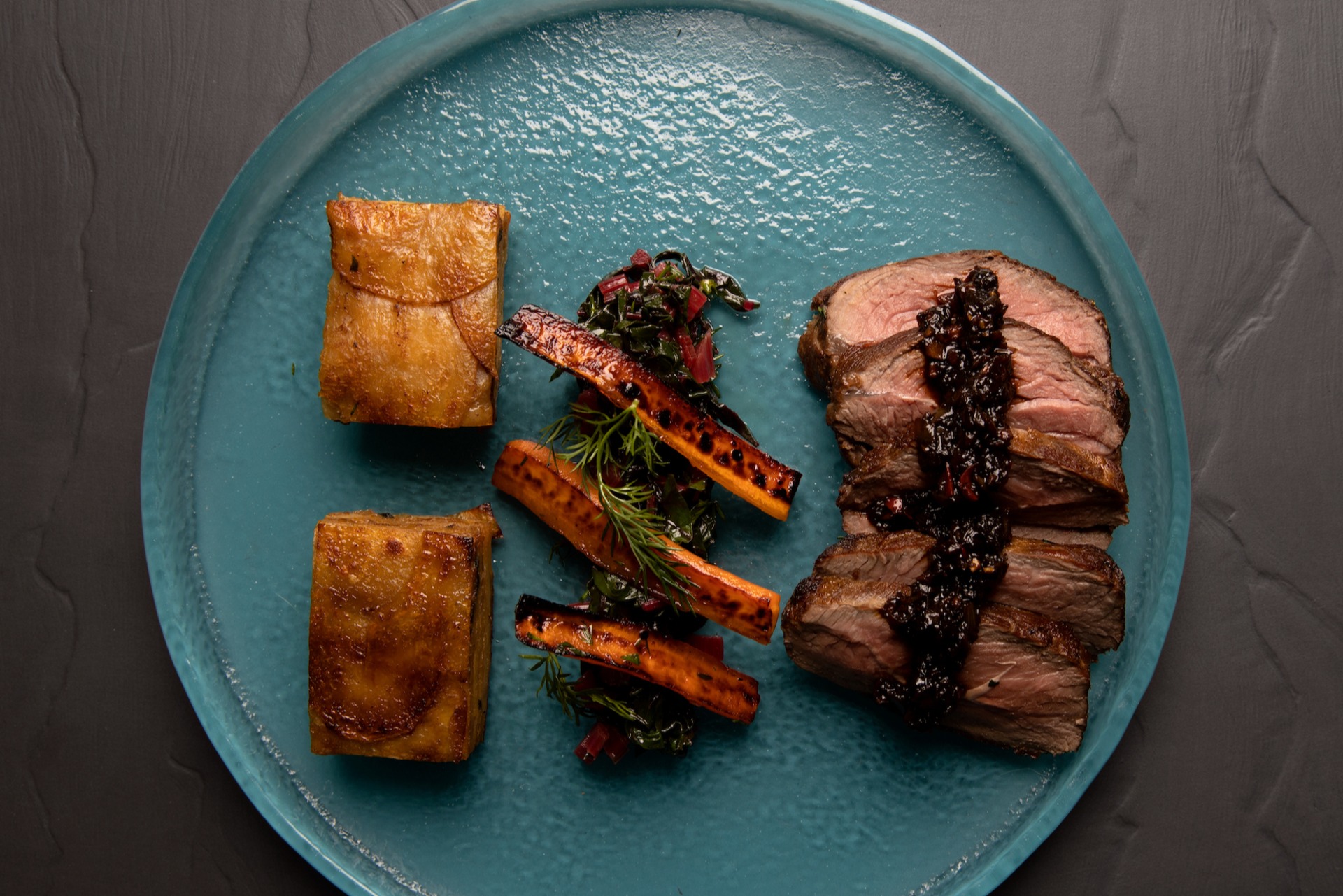Here’s the thing about wine. It comes from the country. All over the country. Those of us who are dedicated to the quest for really good wines don’t baulk at the thought of a little day trip outside our suburban domicile in order to find the best of the sacred drop. Two hours’ driving west of Melbourne is barely enough time to think about all the wonders of great wine. Coincidentally, that’s where you’ll find Mount Langi Ghiran and some of the best wines made in Victoria.
The mountain that gives the vineyard its name rises up out of the earth right in front of you as you pull into the car park. It’s truly spectacular, and a gentle reminder to slow down and take in the whole experience. Langi Ghiran is a word from the Djarb Wurrung people, (pronounced lar-ne-jeering) and refers to the black cockatoo. The Fratin brothers probably didn’t know much about that when they planted the now legendary shiraz back in 1963, but they chose a stunning setting on decomposed granite soils, and the wines are amongst the best in Australia – an assessment made by Langton’s in their classification of Australian wines.
The cellar door makes the most of that setting. Take a bike on the Langi Picnic Idyll, and park yourself on a blanket with Grampians produce and a bottle of the estate’s finest. (Make sure you book ahead for this one!)
Look out for the cellar-door-only ranges. ‘Spinoff’ is a selection of wines where the winemakers have stretched their creative boundaries and released limited quantities available only on site.





